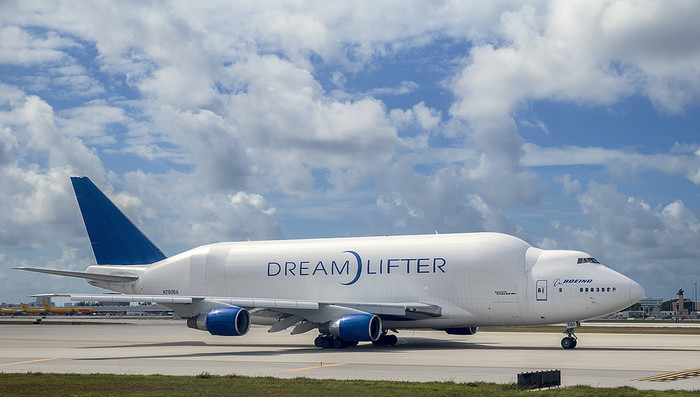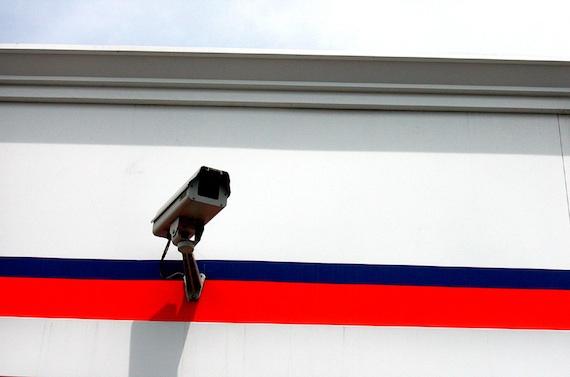
Image by http://www.scspa.com
Driven by a surge in exports and broad customer demand, the South Carolina State Ports Authority (SCSPA) is teaming up with the Charleston region’s rail-served warehouses to serve targeted export accounts through the Port of Charleston.
The new business development program aims to build new business through the port and 14 rail-served warehouses with 2.7 million square feet of space in the Charleston area.
“Charleston’s deep channels and rail-served warehouses are generating and meeting significant export demand,” said Jim Newsome, president and CEO of the SCSPA. “Through this new collaborative program with some of the most innovative companies in the port community, we’re looking to build solutions for exporters while boosting port volume.”
In April, Charleston’s loaded export containers (measured in 20-foot equivalent units, or TEUs) increased 36 percent year-over-year and were up 6 percent from March. Exports in the Port of Charleston recently have risen sharply, due to a recovering global economy, a weak dollar and increased demand for the products used to make or package import goods. The new public-private initiative will boost local business while delivering cost savings and environmental benefits to shippers. It brings to bear collaborative marketing and aggressive joint sales efforts between the SCSPA and 14 warehouses with rail connections in the Charleston metro region.
The rail-served warehouses have diverse cargo handling capabilities. The sites are served by both or either Class 1 railroads, Norfolk Southern and CSX. The commodities targeted for the initiative, such as cotton, lumber, woodpulp and food products, are ideal for transload operations, which involves moving the cargo from rail into ocean-going shipping containers at a warehouse near the port where equipment is plentiful.
Transloading these cargos – which are typically heavier than import loads – has two major benefits, saving the shipper transportation costs while providing environmental benefits by reducing emissions. The initiative is also good news for the ocean carriers calling the Port of Charleston. Because of Charleston’s deep water, which is 45 feet at low tide and 50 to 51 feet at high tide, the carriers can take on heavier export loads and additional containers in order to fill their vessels to capacity. Ships drawing up to 48 feet can transit the harbor to and from Charleston’s docks.
“Having the deepest water in the Southeast allows the carriers to really max out export loads,” said Newsome. “For every foot of water gained, an ocean carrier can handle about 100 additional fully loaded, 40-foot containers. That’s good news for everyone involved in the movement of that cargo, from the warehousers to the dock workers and beyond.”
Details on the new initiative, as well as contact information and facility details for all 14 warehouses, can be found online.


